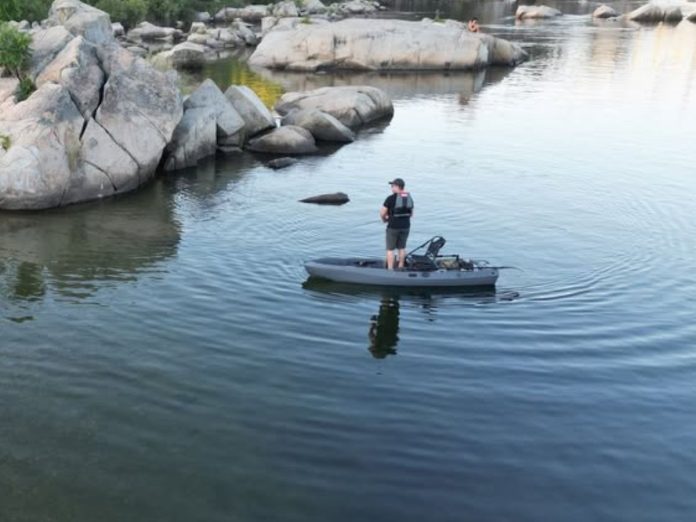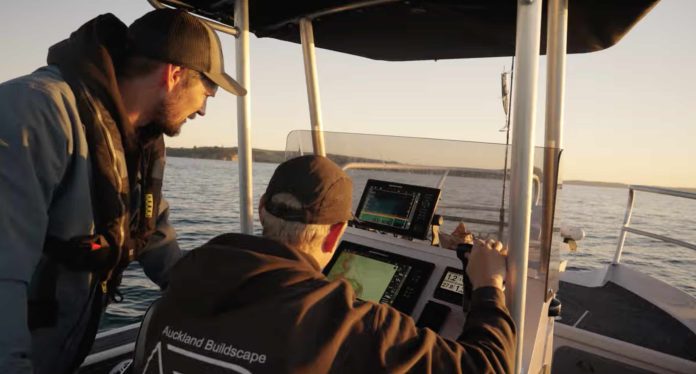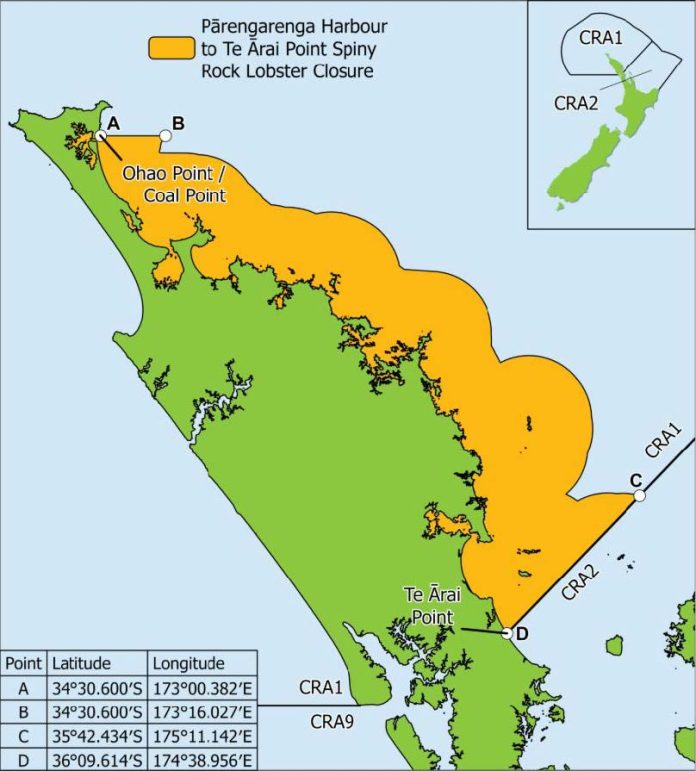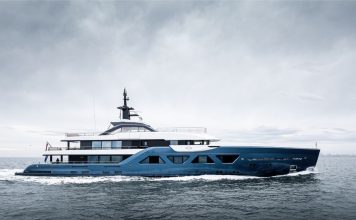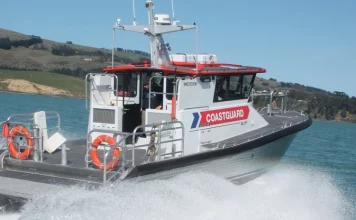In a field of more than 800 entries at the world’s largest fishing trade show, it wasn’t a new rod or reel that stole the spotlight — it was a kayak. But not just any kayak.
The FluxJet Kayak, unveiled at ICAST 2025 in Orlando, is the world’s first electric jet-powered fishing kayak — and it walked away with not one, but two top awards: Best of Show and Best Boat or Watercraft in the New Product Showcase. The quietest winner in the room also turned out to be the most powerful.
ICAST 2025: The world’s biggest fishing trade show wraps in Orlando
A clean break from convention
Developed in California by the team who made the Kymera Board Board, the kayak’s signature feature is its patented FluxJet propulsion system. Housed flush within the hull, the entire drive unit weighs under 5 pounds (2.3 kg) and contains no propellers, driveshafts, or exposed moving parts — just a direct-drive ring motor that encircles the impeller.
The result? A whisper-quiet, clog-resistant drive with no need for a rudder or external motor, and no snags in weed-filled backwaters.
CEO Jason Woods, a veteran of the marine propulsion sector, says the project was ten years in the making.
“We started with a blank slate,” Woods explains. “Every part had to justify its existence. If there was a way to do it without seals, shafts, or bearings — we took it.”
The minimalist design doesn’t just reduce complexity. By rotating the impeller and its surrounding ring together, the unit virtually eliminates the gap where sand or grit could jam the blades. It also allows more water to be pushed through the system, boosting thrust while keeping noise to a minimum — a crucial edge for stealth fishing.
Kayak Specs and Performance
The production FluxJet Kayak, priced at US$2,999, measures 132 inches (3.35m) long, 35 inches wide and weighs in at just 88 pounds (40kg). It accepts standard Group 31 batteries and can run on voltages from 12V to 60V. The motor itself delivers 1,000 watts of continuous output, pushing the kayak to speeds over 6 mph (10 km/h).
Depending on the battery, paddlers can expect up to 16 hours of runtime — more than enough for a full day’s fishing.
The deck is transducer-ready, with modular accessory rails, a recessed throttle switch, nav and deck lights, built-in USB charging, adjustable foot pegs for steering, and ample storage fore and aft. Steering is handled via foot-controlled vectored thrust, eliminating the need for a rudder altogether.
“It’s a clean, simple kayak that works straight out of the box,” says Woods. “And it gets into ridiculously shallow water.”
ICAST win makes history
Winning Best of Show at ICAST is no small feat — especially for a first-time exhibitor. But FluxJet’s low-profile, high-performance design won over voters from both retail and media sectors.
“My biggest fear was that people wouldn’t realise what they were looking at,” says Woods. “Because it’s so integrated, they might walk by without understanding what the drive system really does. But they got it.”
Over 12,000 attendees from 78 countries visited the show, with FluxJet’s victory hailed as a sign of changing tides in small watercraft propulsion.
A new era for personal watercraft?
Though launched as a purpose-built fishing kayak, FluxJet’s underlying tech was designed with broader applications in mind. The drive has already been tested in body boards and small inflatables, and future versions may power tenders, ultralight runabouts, and electric surfcraft.
With weight as low as 4 pounds and scalable output from 5kW to 25kW, FluxJet’s modular power unit could spark wider innovation in the light-electric marine space — especially where silence, shallow-water access, and portability are key.
Availability
The FluxJet Kayak will be available for preorder from August 1, 2025, with production models expected to ship early next year. Early interest is high — and for good reason. As the awards and reactions at ICAST suggest, this isn’t just a kayak with a motor. It’s a redefinition of what powered paddling can be.








